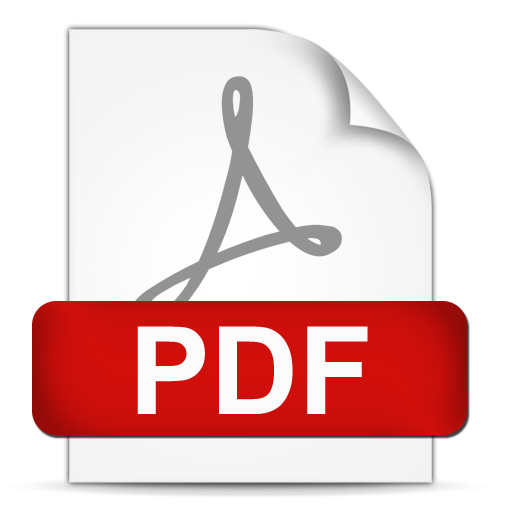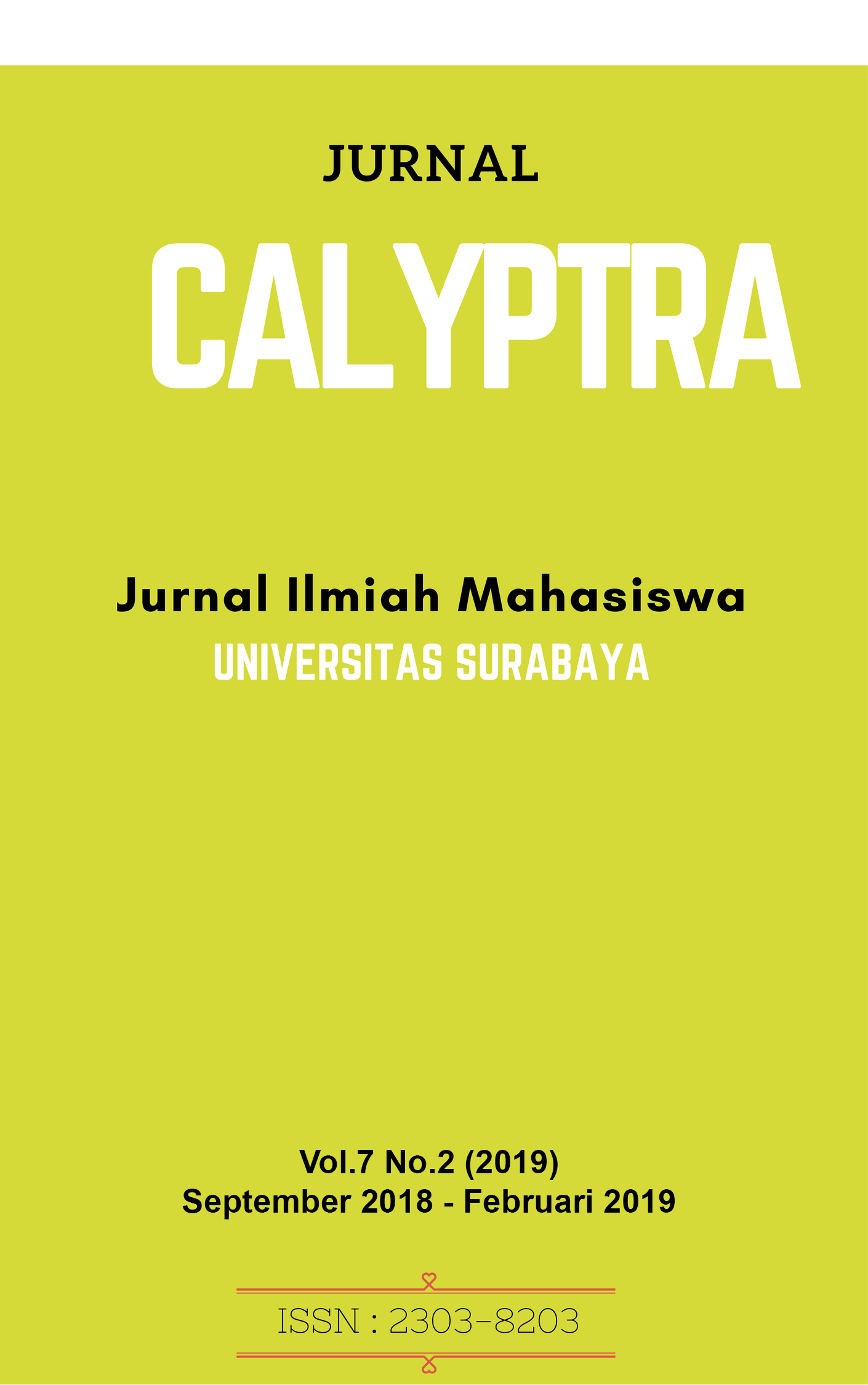FRAKSINASI DAN UJI AKTIVITAS ANTIMIKROBA KULIT BUAH PISANG RAJA (MUSA SAPIENTUM) TERHADAP BAKTERI PENYEBAB JERAWAT PROPIONIBACTERIUM ACNES
 Abstract Views:
593 times
Abstract Views:
593 times
 PDF Downloads:
777 times
PDF Downloads:
777 times
Abstract
ABSTRAK
Jerawat (Acne vulgaris) merupakan gangguan kulit yang umum dialami. Salah satu dari penyebab munculnya jerawat adalah infeksi Propionibacterium acnes. Tujuan dari penelitian ini adalah untuk menemukan alternatif agen antimikroba dari komposisi bahan alam/fitokimia untuk menanggulangi jerawat. Agen antimikroba yang dimaksud akan diisolasi dari kulit buah pisang Raja (Musa sapientum) dengan metode maserasi menggunakan pelarut yang berbeda, yaitu akuades, hexane, dan kloroform. Ekstrak dari masing-masing pelarut akan dievaporasi menggunakan rotary evaporator sehingga didapatkan ekstrak padat. Ekstrak padat dilarutkan kembali dengan pelarutnya, lalu diujikan kepada kultur Propionibacterium acnes yang ditumbuhkan secara pour plate pada media tripticase soy agar (TSA). Hasil penelitian menunjukkan bahwa ekstrak kulit buah pisang raja (Musa sapientum) tidak mempunyai aktivitas antimikroba terhadap Propionibacterium acnes. Sementara itu, uji kualitatif senyawa fitokimia menunjukkan bahwa ekstrak air mengandung steroid dan tanin, sedangkan ekstrak hexane dan kloroform masingmasing mengandung steroid dan glikosida.
Kata kunci: Jerawat, Kulit Pisang, Propionibacterium acnes, Fitokimia
ABSTRACT
Acne (Acne vulgaris) is a common skin disorder of the human. One of the causes of acne is infection by Propionibacterium acnes. The aim of this study was to discover alternative of microbial agent that agaist infection of Propionibacterium acnes from banana’s peel. The microbial agent was extracted from banana’s peel (Musa sapientum) using maceration with different solvent: aquadest, chloroform and hexane. Extract from each solvent was evaporated using rotary evaporator to get solid extract. Solid extract redissolved with it’s solvent, then was tested in Propionibacterium acnes cultured in the TSA with pour plate method. The result of this study shown that there is no microbial activity of the extract that can against Propionibacterium acnes. Meanwhile, qualitative test of the extract shown that water extract contain steroid and tannin, while chloroform and hexane extract contain steroid and glycoside
Keyword: Acne, Banana’s peel,Propionibacterium acnes, Phytochemistry
Downloads
References
Amit, R and S, Shailandra (2006). Ethnomedicinal approach in biological and chemical investigation of phytochemicals as antimicrobials. Indian Journal of Pharmaceutical Science 41: 1-13.
Badan POM RI. (2009) Naturakos. Vol IV/No. 10 ISSN: 1907-6606
Brooks, A.A. 2008. Ethanol production potential of local yeast strains isolated from ripe banana peels. African Journal of Biotechnology 7: 3749-3752.
Brook, G.F., Butel, J.S., dan Morse, S.A. (2005). Mikrobiologi kedokteran. Jakarta : Salemba Medika.
Brook, I. and Frazier, E.H. (1991) Infections caused by Propionibacterium species. Rev Infect Dis 13, 819–822.
Cowan MM. Plant products as antimicrobial agents. Clinical Microbiol Reviews 1999; 12: 51-59.
Djuanda, A., Hamzah, M., dan Aisah, S. 1999. Ilmu penyakit kulit dan kelamin. Jakarta: Balai Penerbit FKUI.
Ehiowemwenguan, G., Emoghene A.O., Inetianbor, J.E. Antibacterial and Phytochemical analysis of banana fruit peels. IOSR Journal Of Pharmacy Volume 4, Issue 8 (August 2014), PP. 18-25
Holland KT, Cunliffe WJ, Roberts CD. The Role of Bacteria in Acne Vulgaris-a New Approach. Clin Exp Dermatol. 1978; 3: 253-7
Hossain,M.A., AL-Raqmi,K.A.S., AL-Mijizy,Z.H., Weli,A.M., Al-Riyami, Q. 2013. Study of total phenol, flavonoids contents and phytochemical screening of various leaves crude extracts of locally grown Thymus vulgaris. Asian Pac J Trop Biomed 3(9): 705-710
Husain, M.D. and William, R. (2010). Status of banana cultivation and disease incidences in Malaysia. Crop Protection and Plant Quarantine Division, Department of Agriculture, Malaysia, pp: 60.
- Articles published in CALYPTRA are licensed under a Creative Commons Attribution-ShareAlike 4.0 International license. You are free to copy, transform, or redistribute articles for any lawful purpose in any medium, provided you give appropriate credit to the original author(s) and the journal, link to the license, indicate if changes were made, and redistribute any derivative work under the same license.
- Copyright on articles is retained by the respective author(s), without restrictions. A non-exclusive license is granted to CALYPTRA to publish the article and identify itself as its original publisher, along with the commercial right to include the article in a hardcopy issue for sale to libraries and individuals.
- By publishing in CALYPTRA, authors grant any third party the right to use their article to the extent provided by the Creative Commons Attribution-ShareAlike 4.0 International license.



